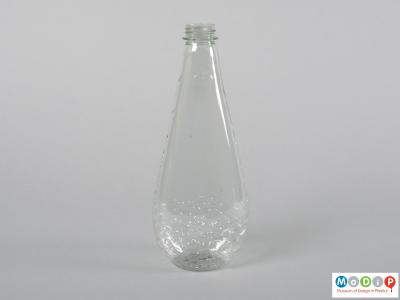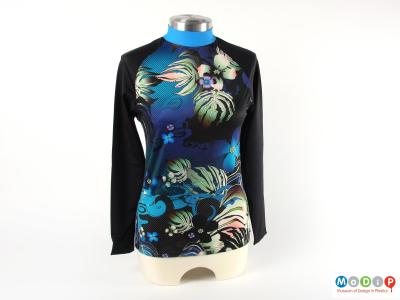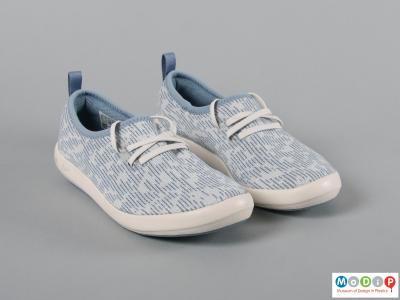Waste material in the world’s oceans and waterways is causing significant damage to the environment. A number of organisations and individuals are working to remove the material from this sensitive habitat and to prevent this recovered material from simply ending up in landfill, designers and manufacturers are using it to create new products.
Ocean recovered plastics endure an unspecified time in conditions that are known to cause them to degrade and be less reliable than virgin equivalents. For example, the Ecover washing up liquid bottle (1) is made using 50% recycled ocean plastics, the other 50% comes from other recycled sources where the structure of the material is better understood.
The recycled polyamide (PA or nylon) in the RubyMoon Rash Guard (2) is a material called Econyl®. Econyl® is made from used fishing nets and other regenerated material, and RubyMoon is a partner of healthyseas.org who collect drifting or ‘ghost’ nets. The Gym to Swim® collection is in keeping with the principles of slow fashion, focusing on the look, construction, and fit to create long lasting clothing. The eco ethos of the company extends to the use of waste reducing printing and dying techniques and 100% of the net profit made by RubyMoon is given to women across 13 different countries as a micro-loan to launch their business generating an income for them and their family to find a path out of poverty. All RubyMoon garments are named in tribute to those women.
Whereas Ecover and RubyMoon are using materials that have been recovered from the sea, other groups are attempting to gather waste material before it enters the seas. Parley for the Ocean has a global network of clean-up organisations that remove plastic from shorelines, intercepting the plastic waste before it ends up in landfills, gets burned, buried, or floats into rivers or oceans. Parley for the Oceans works with manufacturers such as Adidas (3) to create clothing and apparel.



